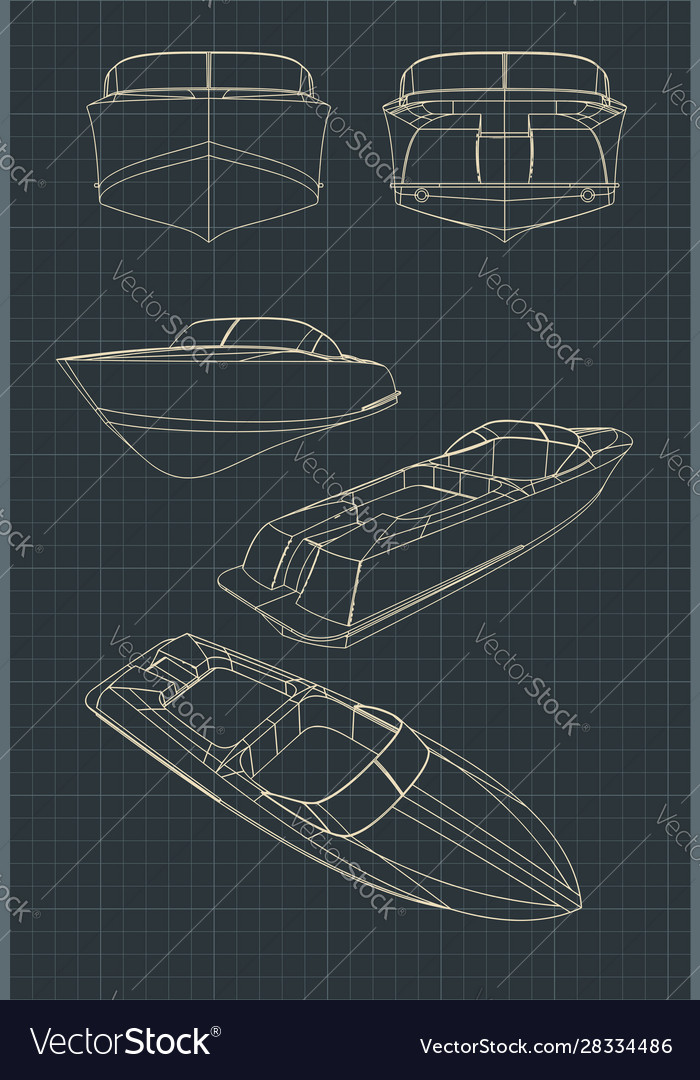
Beyond the Blueprint: Unveiling Hidden Potential in Free Wooden Boat Plans
Free wooden boat plans â€" a treasure trove for hobbyists, a challenge for seasoned builders, and a fascinating case study for educators. While readily available online, they often lack the crucial context needed to truly unlock their potential. This article delves beyond the surface, exploring rarely discussed aspects and offering new perspectives to elevate your boat-building journey.
The Unspoken Language of Wood: Material Selection Beyond the Plan
Most free plans specify "wood" generically. But what kind of wood? This seemingly minor detail is crucial. Choosing the right wood dramatically affects the boat's lifespan, performance, and even its aesthetic appeal.
Q: How does wood species impact my project?
A: Cedar offers exceptional rot resistance, ideal for hulls exposed to water. Oak boasts incredible strength but can be heavier. Pine is readily available and affordable but might require more maintenance. Consider your climate, intended use (freshwater vs. saltwater), and budget when making your selection. Explore less common, locally sourced hardwoods for unique characteristics and a reduced environmental impact. Consult resources like the Wood Database (www.wood-database.com) for detailed species comparisons.
Q: Beyond the species, what are the less-obvious factors affecting wood quality?
A: The source and drying process of your lumber are paramount. Kiln-dried lumber is more stable and less prone to warping, essential for a successful build. Avoid lumber with significant knots or cracks, as these weaken the structure. Consider the sustainability certifications of your lumber source for an environmentally responsible approach. Look for FSC (Forest Stewardship Council) certification, for example.
Engineering the Unexpected: Adapting Plans for Modern Materials and Techniques
Free plans often represent traditional building methods. But what about incorporating modern materials and techniques to improve strength, durability, and ease of construction?
Q: Can I substitute materials without compromising structural integrity?
A: Absolutely! Epoxy resins, for example, offer superior water resistance compared to traditional wood glue and paint. Consider using fiberglass cloth for added strength in high-stress areas. However, careful calculations and understanding of material properties are crucial to avoid weakening the structure. Consult engineering resources and possibly structural engineers for complex adaptations.
Q: How can I leverage modern tools to streamline the process?
A: CNC routers, laser cutters, and 3D modeling software can significantly improve accuracy and efficiency, especially for complex curves and joinery. While initial investment might be significant, the long-term benefits in precision and speed can outweigh the costs, particularly for repeated builds or intricate designs. Explore digital fabrication resources available at local maker spaces or universities.
Beyond the Boat: Learning and Community
Building a boat from free plans is more than just a construction project; it's a learning experience and a chance to connect with a passionate community.
Real Story: A woodworking instructor in Maine integrated boat-building projects based on free plans into their curriculum. Students not only mastered woodworking techniques but also developed crucial problem-solving skills by adapting plans to suit available resources and tackling unexpected challenges. This hands-on experience fostered creativity and strengthened their understanding of engineering principles. This showcases the powerful educational value that free boat plans can offer, beyond simple construction.
Engaging with the community: Online forums and local boat-building clubs are invaluable resources. Experienced builders are often willing to share advice and expertise, helping you navigate the complexities of your project. Sharing your own experiences and challenges can also enrich the community and contribute to collective knowledge.
In conclusion, free wooden boat plans offer a fantastic starting point for boat building, but the real magic lies in understanding the nuances of material selection, adapting plans creatively, and embracing the learning and community aspects of the journey. By exploring these often-overlooked facets, you can transform a simple plan into a truly unique and rewarding experience.














